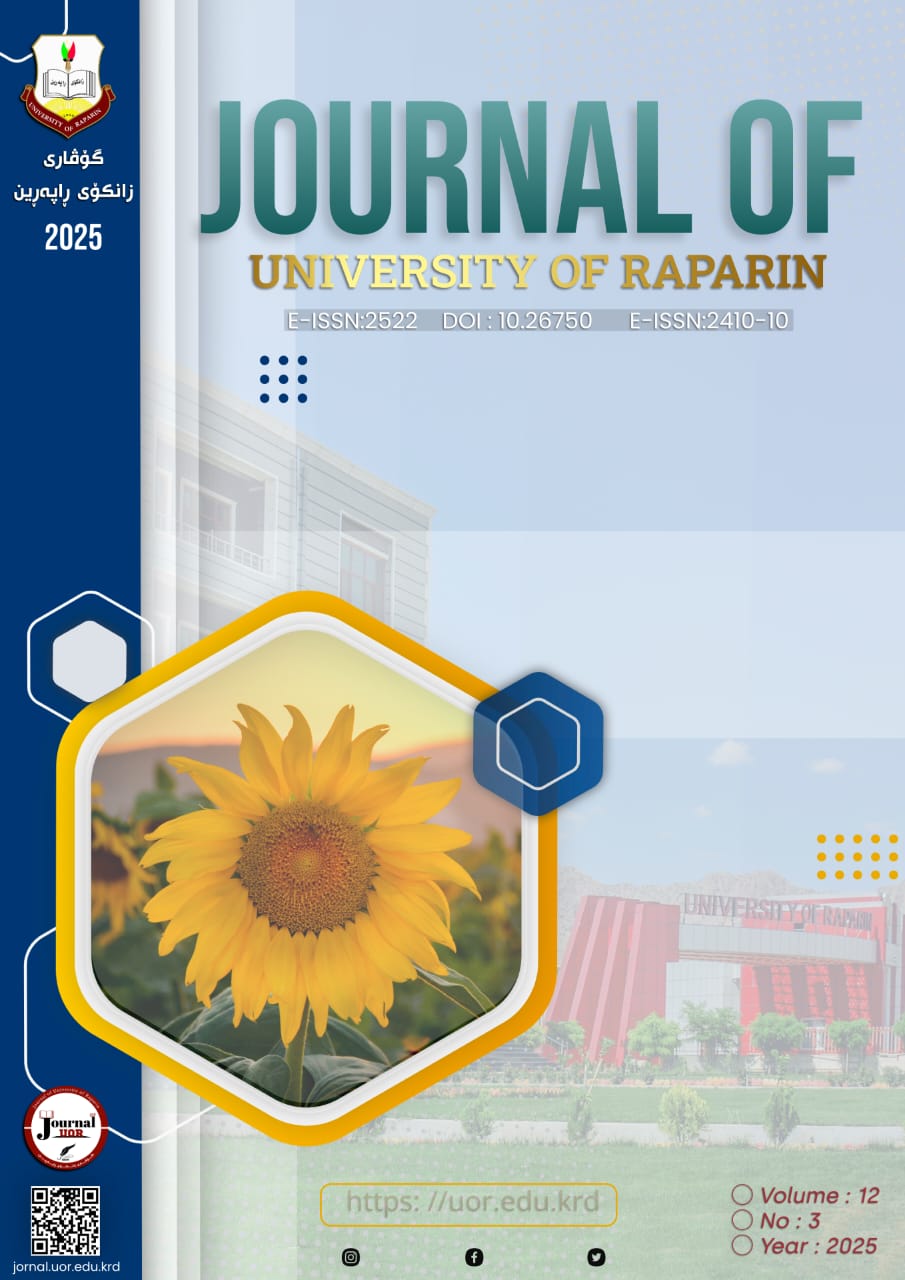Abstract
The purpose of this study is to evaluate the value of warm-up exercises in the teaching of English. The study makes use of quantitative questionnaires and interviews as instruments for data collection that are conducted in 2023 at Salahaddin University’s English Department in the College of Education in Erbil, Iraq. The purpose of the questionnaires and interviews is to find out opinions of teachers and students about the value of warm-up exercises in language learning. The results of this study showed that warm-up exercises significantly affect students’ motivation and engagement levels, as well as their language learning process. Most teachers and students who participated believed that warm-up exercises are very helpful for English language learning. Students who take part in warm-up exercises feel more comfortable, confident, and ready to participate in the learning process. The findings of this study are important for teachers because they show that incorporating warm-up exercises in lessons can help them build strong relationships with their students. Teachers can improve students’ overall language learning and create a positive learning environment by implementing warm-up exercises.
References
Akther, A. (2014). Role of Warm-up Activity in Language Classroom: A Tertiary Scenario. BRAC University: Bangladesh. https://core.ac.uk/display/61804799?utm_source=pdf&utm.
Allwright, R. (1984). The importance of interaction in classroom language learning. Applied Linguistics, 5(2), 156-171. https://doi.org/10.1093/applin/5.2.156.
Arends, R. (2007). Learning to Teach, Seventh Edition. The McGraw-Hill Companies, 142. https://d1wqtxts1xzle7.cloudfront.net/54284788/_Richard_Arend.
Aung, K. & Tepsuriwong, S. (2017). Lesson openings: How teachers begin lessons in an English class. Online Proceedings of the International Conference: DRAL 3/19th ESEA, pp.252-253. https://www.bing.com/ck/a?!&&p=0dc12b7952fccf49JmltdH.
Diril, A. (2015). The Importance of Icebreakers and Warm-Up Activities in Language Teaching. ACC Journal, 21(3),143-144. https://api.semanticscholar.org/CorpusID.
Farida, U. et al. (2020). Warmer and Filler in Increasing Students Vocabulary Mastery. Psychology and Education, 57(8), 764. http://www.psychologyandeducation.net/.
Flanigan, E. (2011). The Importance of Warm up Activities in English Class. Retrieved from: http://www.ehow.com.
Gaspar, Y., León, J., & Barrios, J. (2016). The Effects of Warming up Activities in a Primary State Students’ Listening Comprehension Classroom Project. Technological University of Pereira: Colombia, 12-14. https://api.semanticscholar.org/CorpusID:151.
García, A., & Martín, J. (2004). Something Old and Something New. Techniques to Improve the Lexical Inventory of EST Students: A Proposal. English Studies Magazine, 17, 6-44. http://publicaciones.ua.es/filespubli/pdf/02144808RD25769742.
Goforth, C. (2015). Using and Interpreting Cronbach's Alpha. University of Virginia Library. Retrieved from: https://library.virginia.edu/data/articles/using-and-interpreting-cronbachs-alpha.
Lindsay, C. (2006). Learning and Teaching English: A Course for Teachers. Oxford: Oxford University Press, 108-110. https://api.semanticscholar.org/CorpusID:60.
Peterson, D. (2010). Warm-Up Exercises. Available at: http://adulted.about.com/.
Richards, J., & Lockhart. C. (1994). Reflective Teaching in Second Language Classrooms. Cambridge University Press, New York, 113-137. https://doi.org/10.1017/CBO9780511667169.
Rincones, D. (2015). Warmers and Fillers in the Development of English Speaking Skills for Students of Second Basic Year at Santa Teresita Educational Unit. Peninsula of Santa Elena State University: Ecuador, 27. https://api.semanticscholar.org/CorpusID:158.
Robertson, C., & Acklam, R. (2000). Action Plan for Teachers a guide to teaching English. British Broadcasting Corporation: London, 7-8. www.bbc.co.uk/worldservice/learningenglish.
Rushidi, J. (2013). The Benefits and Downsides of Creative Methods of Teaching in an EFL Classroom: A Case Study Conducted at South East European University, Tetovo- Macedonia. Journal of Education and Practice, 4. https://api.semanticscholar.org/CorpusID:1539739.
Scrivener, J. (2012). Classroom Management Techniques. Cambridge Handbooks for Language Teachers, Cambridge University Press, UK, 236-246. https://api.semanticscholar.org/CorpusID:106897.
Thorve, S. (2022). Warmers: The Way of Learning Language. International Research Journal of Modernization in Engineering Technology and Science,4, (9), 821. https://www.doi.org/10.56726/IRJMETS29925.
Tosun, M., & Yildiz, Y. (2015). Extracurricular Activities as Warm-Ups in Language Teaching. International Journal of Social Sciences & Educational Studies, 2 (1), 63. https://api.semanticscholar.org/CorpusID:158802541.
Velandia, R. (2008). The Role of Warming Up Activities in Adolescent Students’ Involvement during the English Class. National University of Colombia, Faculty of Human Sciences, 9-26. https://www.bing.com/ck/a?!&&p=b1400f08bf9c7fa3JmltdHM9.
Watson Todd, R. (1997). Classroom Teaching Strategies. Prentice Hall, Europe,14-23.

This work is licensed under a Creative Commons Attribution-NonCommercial-NoDerivatives 4.0 International License.
Copyright (c) 2025 Journal of University of Raparin

